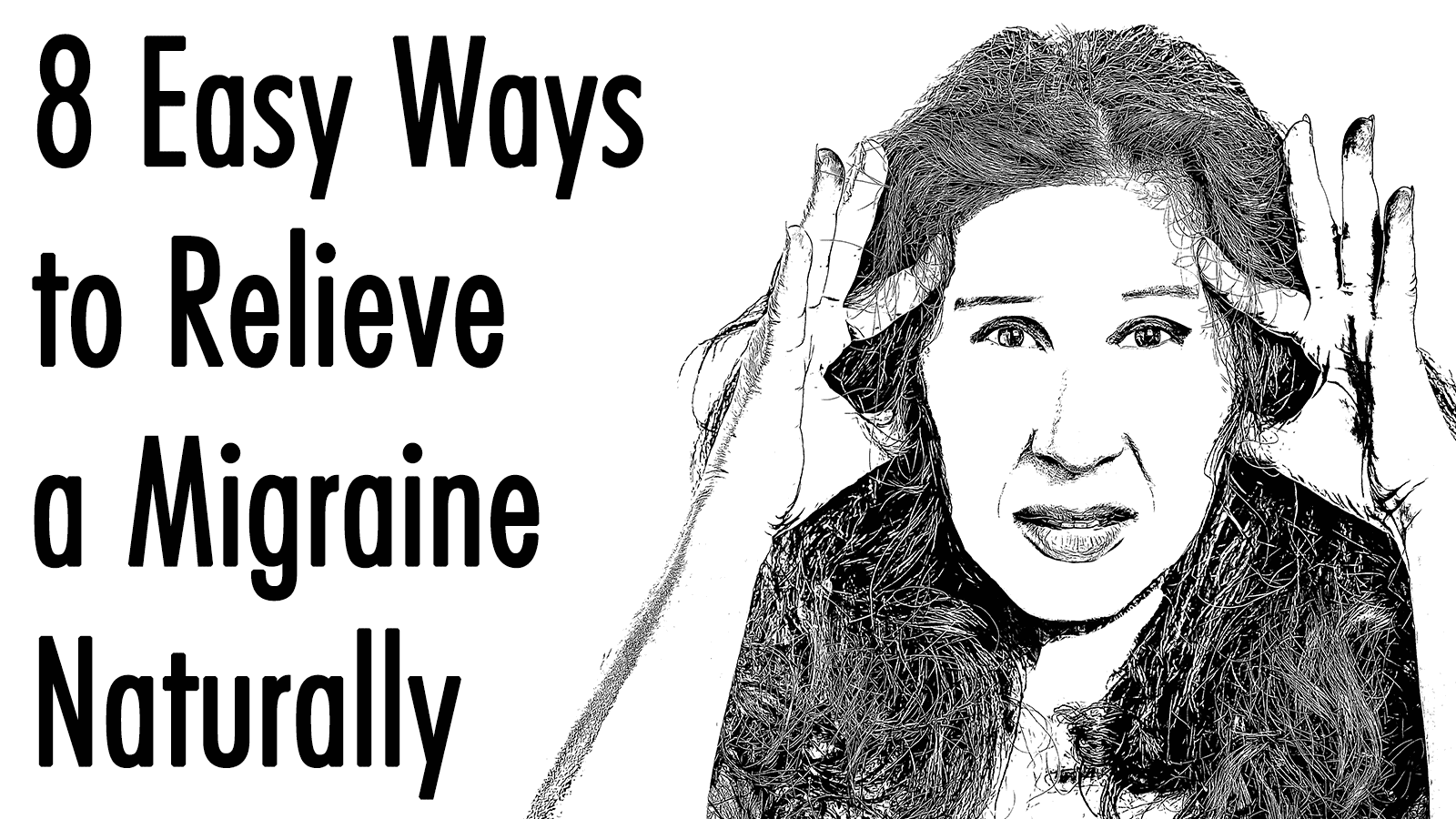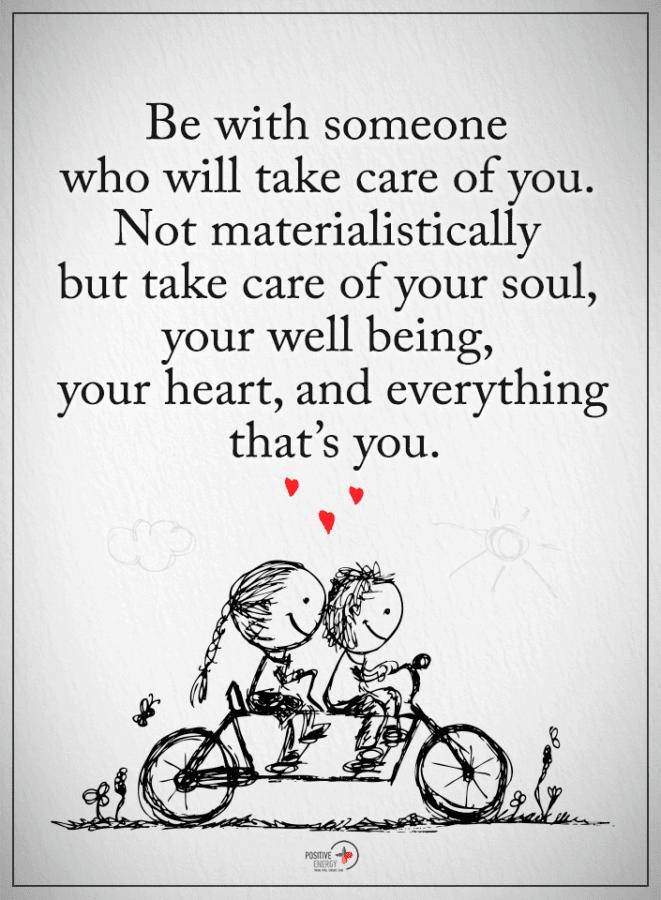Nowadays, it seems complicated to fit exercise into our daily routines, but keeping up our physical health can prevent disease and overall fatigue. Many men and women find that their belly gives them the most trouble and want to find an exercise that genuinely works but doesn’t take much time out of their day. You’ll be happy to know that doing this ONE two- to four-minute plank exercise can help you blast through the belly fat while not spending too much time on the activity itself.
You might wonder how this can work so well since you don’t need much time, but this exercise can transform your waistline in just 28 days! They call it the “28 Day Plank Challenge.” You obtain results from this exercise by slowly building your strength and endurance for a month because you exercise in increments to increase stamina.
Doing This ONE Two to Four Minute Exercise Every Day Melts Belly Fat
Because you must work your body a bit harder each day, it works to build strength and create lasting changes. Plus, you will likely feel the burn in other body parts that you use during this exercise, such as your legs and arms. The plank challenge begins in Week One with just 30 to 45 second holds, but it builds over time onto the final week, where you will maintain the planks for three or four minutes at a time.

The Plank Challenge
Although this challenge only takes one month to do, you should continue incorporating exercises into your daily routine once you complete the challenge. This will give you a kickstart to a more healthy habit and lifestyle, but you must work to keep it up once the 28 days pass to maintain your strength and endurance. Here’s the plan for the 28-day challenge:
Day by day planks
- Day 1 – 20 seconds
- 2 – 20 seconds
- 3 – 30 seconds
- 4 – 30 seconds
- 5 – 40 seconds
- 6 – rest
- 7 – 45 seconds
- 8 – 45 seconds
- 9 – 60 seconds
- 10 – 60 seconds
- 11 – 60 seconds
- 12 – 90 seconds
- 13 – rest
- 14 – 90 seconds
- 15 – 90 seconds
- 16 – 120 seconds
- 17 – 120 seconds
- 18 – 150 seconds
- 19 – rest
- 20 – 150 seconds
- 21 – 150 seconds
- 22 – 180 seconds
- 23 – 180 seconds
- 24 – 210 seconds
- 25 – rest
- 26 – 210 seconds
- 27 – 240 seconds.
- 28 – As long as you can
Plank Safety
To do the plank safely and effectively, keep your ab muscles tight, your shoulders aligned directly over your elbows, your neck and spine neutral, shoulders down and back, and only your toes, forearms, and hands touching the floor. You don’t want to slouch, arch your back, lift your head, or move your neck and spine out of alignment.
Also, you might wonder how the plank works so well at engaging and strengthening the abs. Well, according to fitness instructors and researchers, the plank trains the abs to do precisely what they need to. Dr. Glenn Wright, an associate professor of exercise science at the University of Wisconsin, La Crosse, said this:
“A lot of strength trainers realized that the main function of the abs is to stop, not start, motion, and the plank came out of what the abs are asked to do—resist the spine from moving, such as when fighting off an opponent, and strengthening the lower back.”
Traditional ab exercises, such as the crunch or sit-up, require the lower back to become strained and flattened against the floor, resulting in lower back pain.
“When you teach sit-ups, you tell the person to flatten his back to the floor, which alone could cause pain in the lower back—the same condition strengthening your abs is supposed to prevent. Conversely, planks prevent lower-back pain,” Wright said.
Not to mention, the plank works more than just the abs, unlike sit-ups and crunches. It engages the shoulders, legs, arms, and buttocks and can even help with balance if you take the planks one step further and lift an arm or leg. Plank exercises also don’t come with many hazards, making them safe and easy for anyone to do.
In the fitness industry, planks have been underrated for a while now. Still, many people have realized their actual benefits and effectiveness in becoming more robust and decreasing belly fat.
15 Additional Ways to Melt Belly Fat (Besides Doing Plank Exercises)
Doing a plank challenge isn’t the only way to lose weight in your mid-region. Here are some other scientifically backed methods to melt that stubborn belly fat.
1. Consume More Protein
Protein is your friend when it comes to weight management. When you fill-up on protein, it makes you feel fuller, which decreases your appetite. It’s all caused by the fullness hormone called PYY. People who consume more protein than fat have lower abdominal weight. You can eat things like:
- Fish
- Eggs
- Meat
- Dairy
- Beans and legumes
2. Avoid Trans Fats
Trans fats are notorious for causing blubber in the midsection. This fat is made by chemically altering unsaturated fats and putting hydrogen into them. This toxic substance is in margarine, soybean oil, and packaged foods will find this harmful substance.
These fats directly linked to insulin resistance, belly fat, inflammation, and heart disease. According to the National Library of Medicine, a study was conducted over six years to evaluate monkeys who consumed trans fats verse ones who didn’t eat them. They found that the monkeys who consumed this type had thirty percent more abdominal fat than those who ate more monounsaturated varieties.
It’s essential to check your labels as trans-fat comes in many chips, snack cakes, and other processed foods. Additionally, always use real butter over margarine.
3. Avoid Sugary Sweets
Consuming sugar in abundance is known to cause numerous chronic diseases, like diabetes and fatty liver. Refined sugars, like the ones you find in snack cakes, cereals, and ice cream, cause weight gain, which will impact your midsection. Try alternative sweeteners like honey and blackstrap molasses sparingly.
4. Use a Food Journal
Many people have no idea what they consume daily, and it can be scary when you keep track. Keeping a food journal is an excellent way to know what’s going into your system. When accountable for each bite it’s easier to manage your intake and avoid weight gain in the midsection and other areas.
5. Try Intermittent Fasting
Intermittent fasting has become increasingly popular as folks cycle from periods of eating to fasting. Some people observe a 24 hour fast twice each week, while others prefer to eat everything within eight hours. A study cited by the National Library of Medicine showed that those who used intermittent fasting had an average of seven percent less belly fat than those who used traditional dieting methods.
6. Eat Your Calories, Don’t Drink Them
Like alcoholic beverages, consuming fruit juice and soda can add weight to your midsection. Drinking a few sodas per day seems harmless, but it can pack on the pounds. Try switching to sugar-free drinks to combat weight gain, and the more water you drink, the better.
7. Avoid Alcohol
Any benefits you derive from alcohol can be achieved by consuming small amounts. If you drink alcoholic beverages in abundance, it can cause you to gain abdominal fat. You’ve heard people talk about a “beer belly.” Well, there’s some truth behind those puns.
Folks who have a heavy alcohol consumption are more likely to put on fat in the belly region. A study using 2,000 participants was conducted to verify these claims. Researchers found that those who consumed more than one drink per day had more significant belly fat than those who had one or fewer drinks each day. The key when it comes to alcohol is in moderation.
8. Add More Fish to Your Diet
Fish doesn’t get near the nutritional clout it deserves. Eating fatty fish like herring, salmon, and mackerel is very healthy for you, as it contains omega-3 fats and quality proteins.
These healthy fats will help reduce visceral fat, which adds to abdominal weight gain. Those folks with a larger midsection have an increased chance of developing fatty liver disease, so incorporating more fish into your diet can help.
9. Kick Stress Out of Your Life
While there’s no way to illuminate stress completely, you can find better ways to manage it. When your body is under pressure, it produces stress hormones that cause you to gain abdominal fat.
Those with a larger waist tend to have a more significant production of cortisol in their bodies, and the increased presence of this hormone causes further weight gain in the midsection. It’s imperative to minimize stress for your mental and physical health.
10. Incorporate Soluble Fiber into Your Diet
Unlike other fiber types, the soluble variety turns to a gel as it absorbs liquids in your stomach. The benefit of this gel-like substance is that it can slow the food from passing through your digestive system. Did you know that fiber can promote weight loss?
It makes you feel fuller so that you eat less. When you decrease the number of calories you intake, you will effortlessly lose weight. Try foods like flax seeds, avocados, blackberries, and Brussel sprouts to load up on soluble fiber.
11. Get Six to Eight Hours of Sleep
Are you getting enough sleep each night? Folks who get 6-8 hours fare much better than those who have a poor sleep schedule. Studies reported by the National Library of Medicine prove that sleep can impact your health and weight, specifically your abdominal area.
Over 16 years, researchers observed 68,000 women. Those who slept for five hours or less had more abdominal fat than those who got seven or more hours each night.
Additionally, those with the medical condition known as sleep apnea had more visceral fat than others. Getting quality sleep is imperative for your overall wellbeing.
12. Add Apple Cider Vinegar to Your Day
ACV has some awe-inspiring health benefits that we cannot deny. First, it can help lower your glucose levels, and second, research posted by the National Library of Medicine shows that it reduces abdominal fat storage causing a slimmer midsection. The study was conducted on men over twelve weeks.
Each guy took one tablespoon of ACV, and each lost a half-inch or more from their waist. By taking just one to two tablespoons each day, you can reduce overall abdominal fat.
13. Consume Probiotic Foods
In many foods and supplements available, there are gut-enhancing probiotics. These bacteria are full of health benefits, and they will enhance your immune system’s function. Bacteria play a significant role in your weight regulation, and having the right balance of these good bacteria can help you lose midsection fat.
When buying a supplement, make sure you get one with beneficial bacteria strains, as they’re not all created equal.
14. Reduce Carb Intake
Everyone is on a low-carb kick these days, but this might be the way to lose belly fat. Simple carbs are those that fill sugary snacks, soda, and pasta. However, studies have shown that eating under fifty carbs per day can help you lose excess stomach fat.
You don’t need to be on the Atkins or Keto diet to benefit. Just replace refined sugars and starchy items with better options. According to the National Library of Medicine, eating whole grains can reduce your belly fat by up to 17 percent, so making a few changes can have a significant impact.
15. Drink Green Tea Each Day
When you need to quench your thirst and water won’t do, reach for green tea. The caffeine in this tea helps boost metabolism, and it can help get rid of that midsection bulge. The consumption of this tea has been linked to weight loss, specifically when combined with exercise.

Final Thoughts on Performing Plank Exercises to Shrink Belly Fat
Wouldn’t it be nice if there was a magic solution to losing the unsightly belly fat? While exercise is a great place to start, you also need to incorporate healthy eating and other habits into your day.
By adopting a few of the strategies listed above, you can help lose that fat that seems to settle around your midsection. Plus, when you’re eating and living healthy, you will lose fat in other places.








